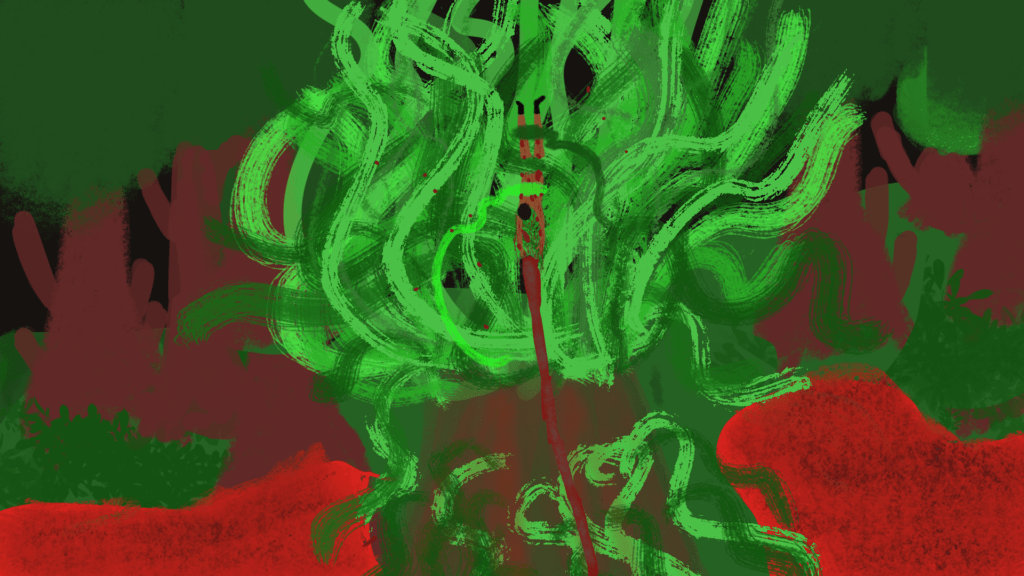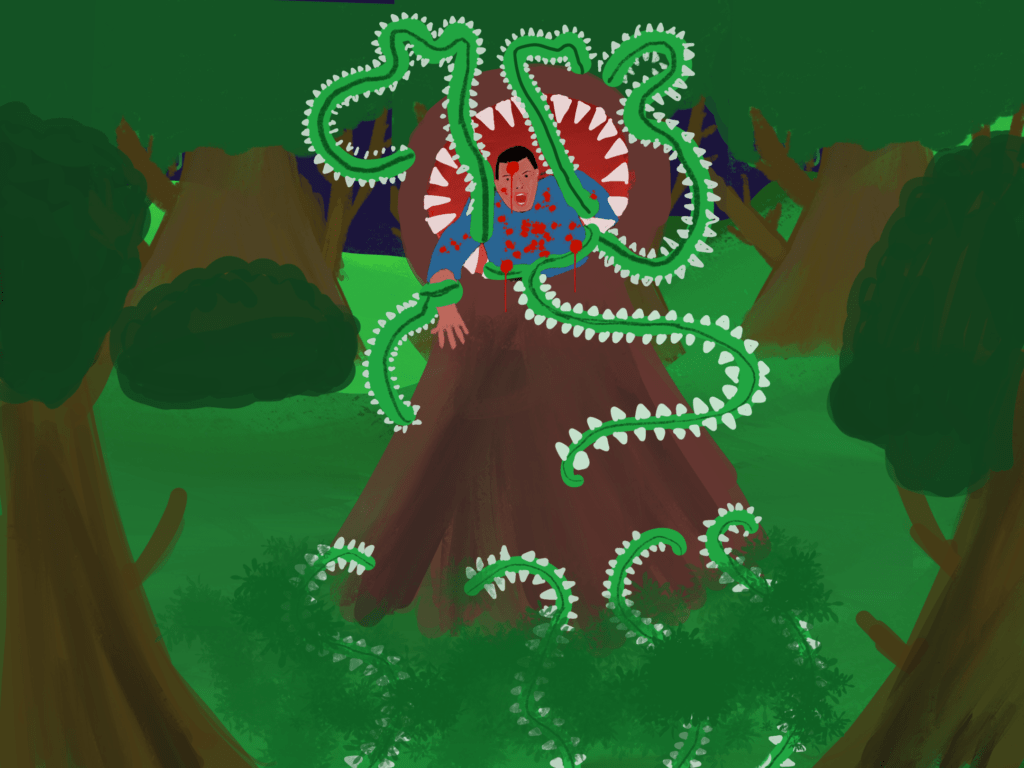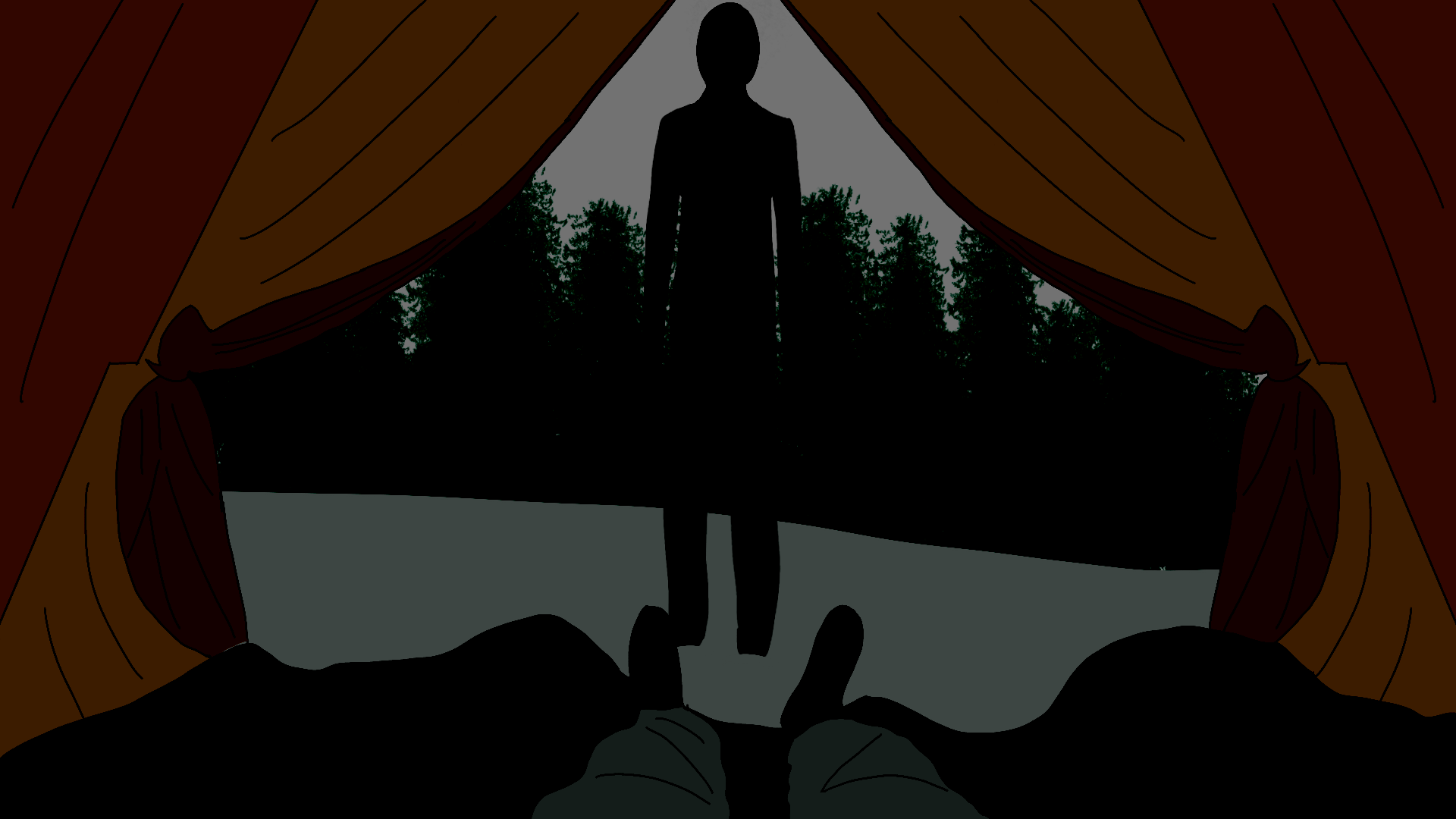Carnivorous plants are plants that derive most of their nutrition from trapping and consuming animals, most often insects. Perhaps the most famous of these plants is the Venus Fly Trap, which utilizes a snapping mechanism to trap and kill its prey when they come in contact with its triggering hairs. Other carnivorous plants use other mechanisms to kill their prey, such as pitfall traps, where an attractive scent is secreted and as prey lands, the prey slips on a waxy residue into the pitcher. Another method some carnivorous plants utilize are flypaper traps which use a sticky residue to trap their prey.
As much as we know about these plants, there’s still a ton we don’t. In this article, we will examine the legendary man-eating plant, the Ya-Te-Veo a plant said to inhabit Africa and South America and to feast on animals and humans.
The Ya Te Veo, which means “I see you already” is rumored to be a man-eating plant that grows in South America and Africa. There are various descriptions of the plant, with some describing the plant as a tree and others a shrub.

Most often the plant is said to have a short, thick trunk with long tentacle like appendages, similar to an octopus. These tentacles camouflage themselves in the jungle and when prey comes by, they unsuspecting grab the prey and pull it in. The plant is said to eat mainly animals, but also is capable of devouring an adult human.
There are also accounts of the man-eating plant having an eye.
Although the majority of the stories about this plant come from secondhand stories, there is some documentation from westerners.
The plant was first described in writing by westerners in J.W. Buel’s 1887 book “Land and Sea”.
In it, he describes how travelers told him about the carnivorous plant, and that it lives in the jungles of central Africa and south America. He describes the plant as having short trunk and having sharp tentacle like vines. These vines lay on the ground in front of it growing outward. As prey enters the circle, the tentacles rise up and the dagger like teeth dig into the prey. The body is crushed, and the plant absorbs the nutrients.

Despite the popularity of man-eating plants in pop culture such as appearing in Super Mario Bros and movies like the 80’s hit, the little shop of horrors, the fact remains these plants appear to be most likely a work of fiction. There’s not much documentation or writings around these plants, and the other famous writing on this turned out to be a hoax.
A fictional work of literature involving a tribe member in Madagascar being scarified to a man-eating plant was misinterpreted as being a true story.
(Lizard Man of Scape Ore Swamp- Read here)
With all this said, could a man-eating plant exist?
Barry Rice a professor at the University of California says that if a carnivorous plant were to exist, it would have to catch prey by utilizing a pitfall trap. This type of plant is stationary and wouldn’t exert the type of energy as something like a Venus flytrap does. Still, it should be said that no pitcher plant eats anything nearly that size.
Carnivorous plants is a fascinating topic of study for botanists. Since 2000, around 3 new species of carnivorous plants have been found per year. They are found all around the world, and usually places with environments lacking proper nutrients for plant growth. As such, the plant has evolved to survive with poor soil quality. It’s said this type of plant is said to have evolved at least 12 times. While the number of times evolved is a hot topic, the consensus among scientists is that the species surely did evolve to survive.
While it’s easy to dismiss that man eating plants are simply fiction, we must acknowledge many of the jungles of the world are unexplored and perhaps some type of man killing plant exist. It might not feed itself how Buel described, but perhaps it uses some other type of mechanism. One final point is that the carnivorous plants have evolved multiple times surviving without adequate soil, so perhaps somewhere in a remote place in the world, a plant has evolved to kill larger organisms.




